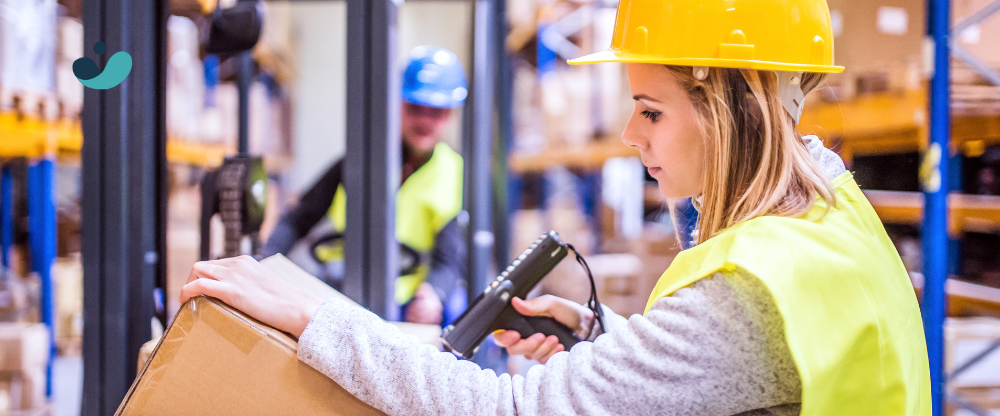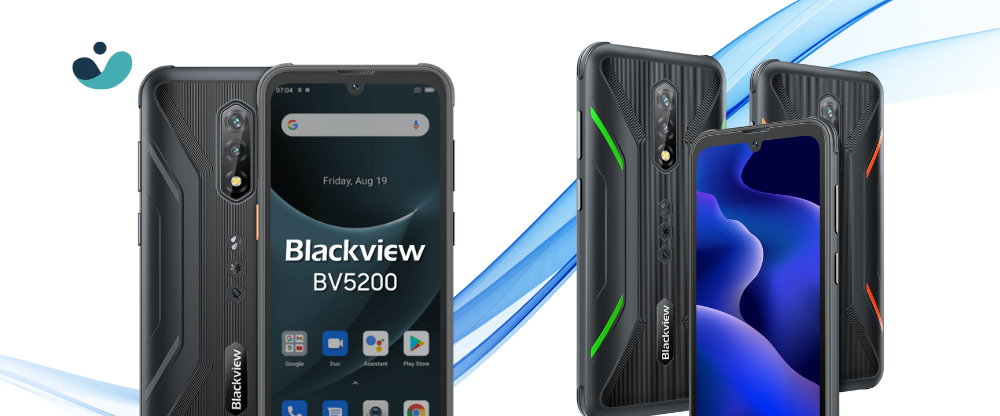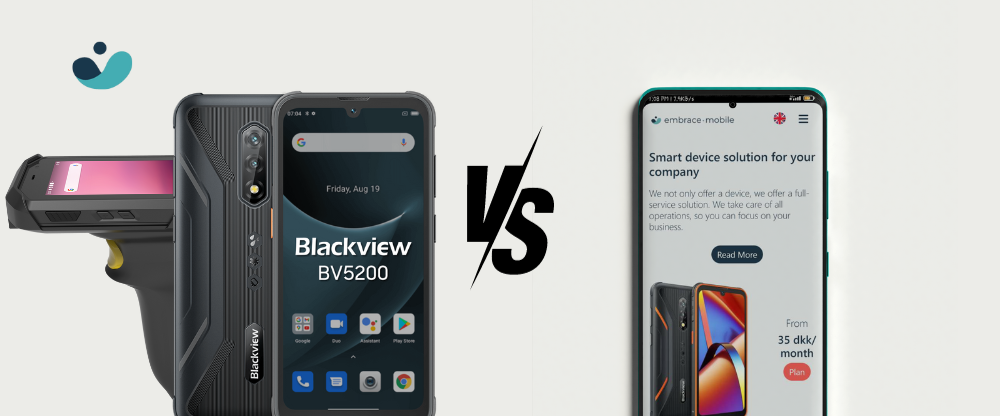

Manufacturers are increasingly focusing on creating durable tablets aka rugged tablets that not only extend the lifespan of these devices but also incorporate eco-friendly elements into their production and usage. Let’s explore the green side of durability, highlighting the eco-friendly aspects of durable tablets and their potential to reduce the environmental footprint of the technology industry.
Prolonging Product Lifespan
One of the primary eco-friendly aspects of durable tablets is their ability to prolong product lifespans. Traditional tablets often have a short shelf life due to rapidly advancing technology and planned obsolescence. As a result, consumers frequently upgrade to new devices, leading to a substantial amount of electronic waste. Durable tablets, on the other hand, are designed to withstand wear and tear, ensuring they remain functional for longer periods.
A. Robust Build Quality
Durable tablets are constructed with robust materials and reinforced designs to withstand accidents and everyday use. They often feature toughened glass screens, water and dust resistance, and shock-absorbent frames, reducing the likelihood of damage. This durability extends the tablet’s useful life, reducing the need for frequent replacements.
B. Extended Software Support
Manufacturers of durable tablets tend to provide longer software support and updates, ensuring that older devices remain compatible with new applications and operating systems with EMM solutions. This support extends the tablet’s usability and reduces the urge to replace it due to software incompatibility issues.
Sustainable Materials
Eco-friendly tablets also incorporate sustainable materials into their design and production processes. By using recycled or renewable resources, manufacturers reduce the environmental impact associated with raw material extraction and processing.
A. Recycled Plastics
Many tablet manufacturers are turning to recycled plastics for their device casings. Recycled plastics help divert waste from landfills and reduce the energy consumption required for virgin plastic production. Additionally, some companies source plastics from ocean-bound or post-consumer plastic waste, contributing to plastic pollution mitigation efforts.
B. Eco-Friendly Packaging
Durable tablets often come in eco-friendly packaging that minimizes waste. This may include using recycled cardboard, soy-based inks, and minimalistic designs to reduce excess materials. Sustainable packaging practices help reduce the carbon footprint associated with the tablet’s transportation and disposal.
C. Sustainable Sourcing
To create eco-friendly tablets, manufacturers consider the environmental impact of their supply chains. This involves sourcing materials from responsible and sustainable suppliers, minimizing the environmental harm associated with resource extraction and transportation.
Energy Efficiency
Energy efficiency is a crucial aspect of eco-friendly tablets. Energy-efficient devices reduce their carbon footprint during usage and help conserve resources.
A. Low Power Components
Durable tablets often incorporate energy-efficient components, such as processors and displays, which consume less power while maintaining high performance. This not only extends the device’s battery life but also reduces the electricity required to charge it.
B. Adaptive Brightness and Power Management
Eco-friendly tablets may feature adaptive brightness and power management systems that adjust screen brightness and CPU performance based on user activity. These features optimize energy usage and contribute to longer battery life.
C. Renewable Energy Sources
Some tablet manufacturers have committed to using renewable energy sources in their manufacturing processes. By harnessing solar, wind, or other sustainable energy sources, these companies reduce their carbon footprint and promote the use of clean energy in the tech industry.
Repairability and Upgradability with Embrace Mobile
Durable tablets are designed with repairability and upgradability in mind, reducing the need for complete device replacements when a single component fails or becomes outdated. Embrace Mobile, helps its customers with not only durable tablets, but also eases the task of device maintenance, repairing, and upgrading them with less complexions.
A. Modular Design
Tablets with modular designs allow users to replace individual components like batteries, screens, or cameras, extending the device’s lifespan and reducing e-waste.
B. Repairable by Design
Eco-friendly tablets are constructed in a way that makes them easier to repair. They use screws instead of adhesives and have accessible internal components, making it feasible for users or technicians to fix issues without sending the device to a landfill prematurely.
E-Waste Reduction
The most significant environmental benefit of durable tablets is their potential to reduce electronic waste. By extending the lifespan of tablets and making them easier to repair, these devices contribute to the reduction of e-waste and associated environmental problems.
A. Minimizing E-Waste
As durable tablets stay functional for longer periods and are repairable, they generate less e-waste compared to their less durable counterparts. This reduction in e-waste helps alleviate the environmental impact of electronic devices.
B. Recycling Programs
Many tablet manufacturers have established recycling programs that encourage users to return their old devices for responsible disposal or recycling. This helps recover valuable materials from discarded tablets and reduces the environmental impact of e-waste.
Eco-friendly tablets with a focus on durability represent a significant step toward mitigating the environmental impact of the technology industry. By extending product lifespans, incorporating sustainable materials, improving energy efficiency, and promoting repairability, these devices help reduce electronic waste and promote a more sustainable approach to technology consumption. As consumers become increasingly conscious of the environmental consequences of their purchases, the adoption of durable tablets may pave the way for a greener, more responsible tech industry. Ultimately, the green side of durability offers a promising path forward for tablets and other electronic devices, aligning technology with environmental stewardship.



